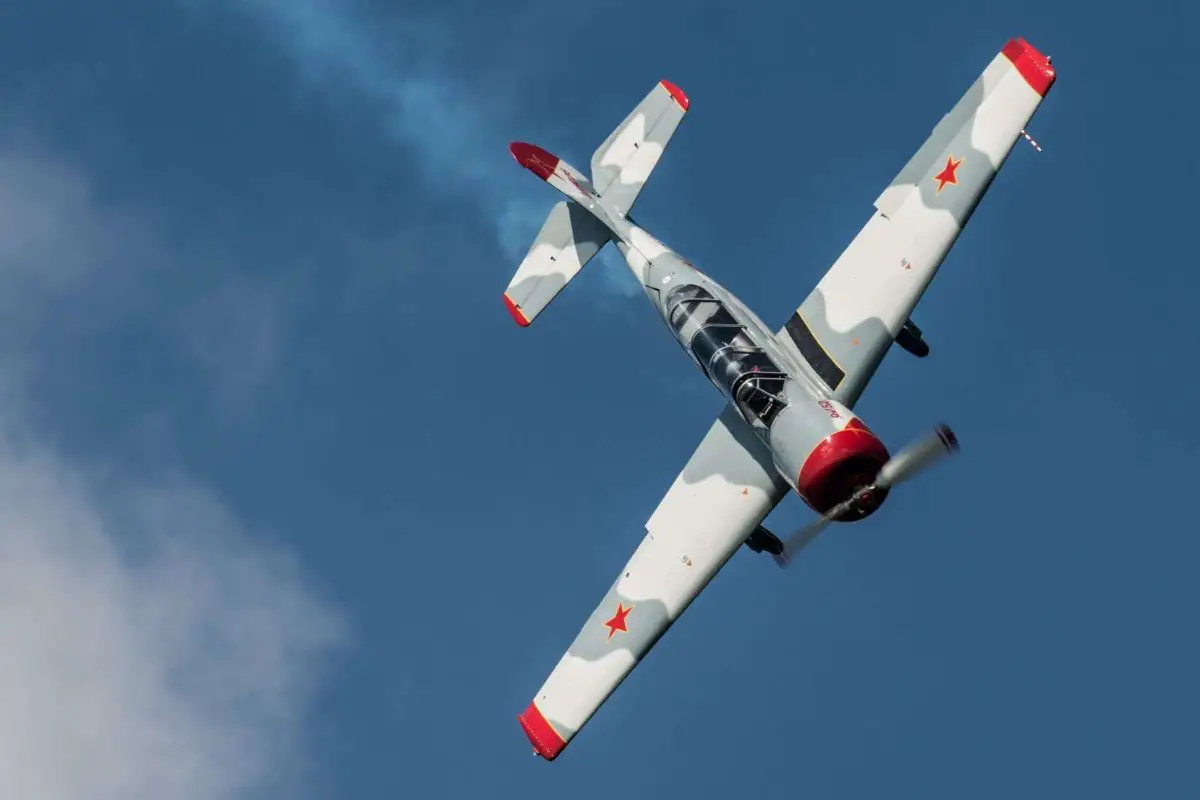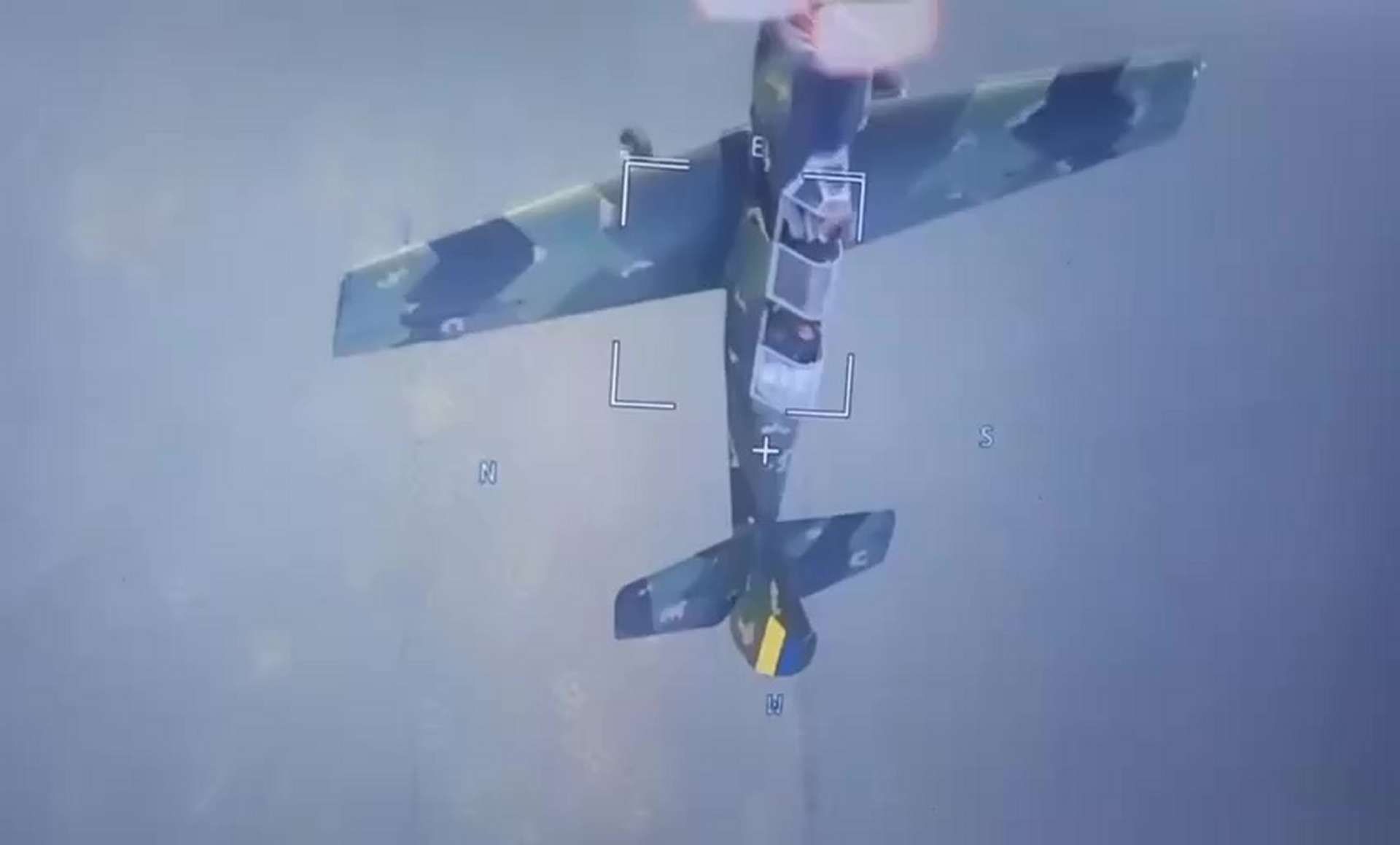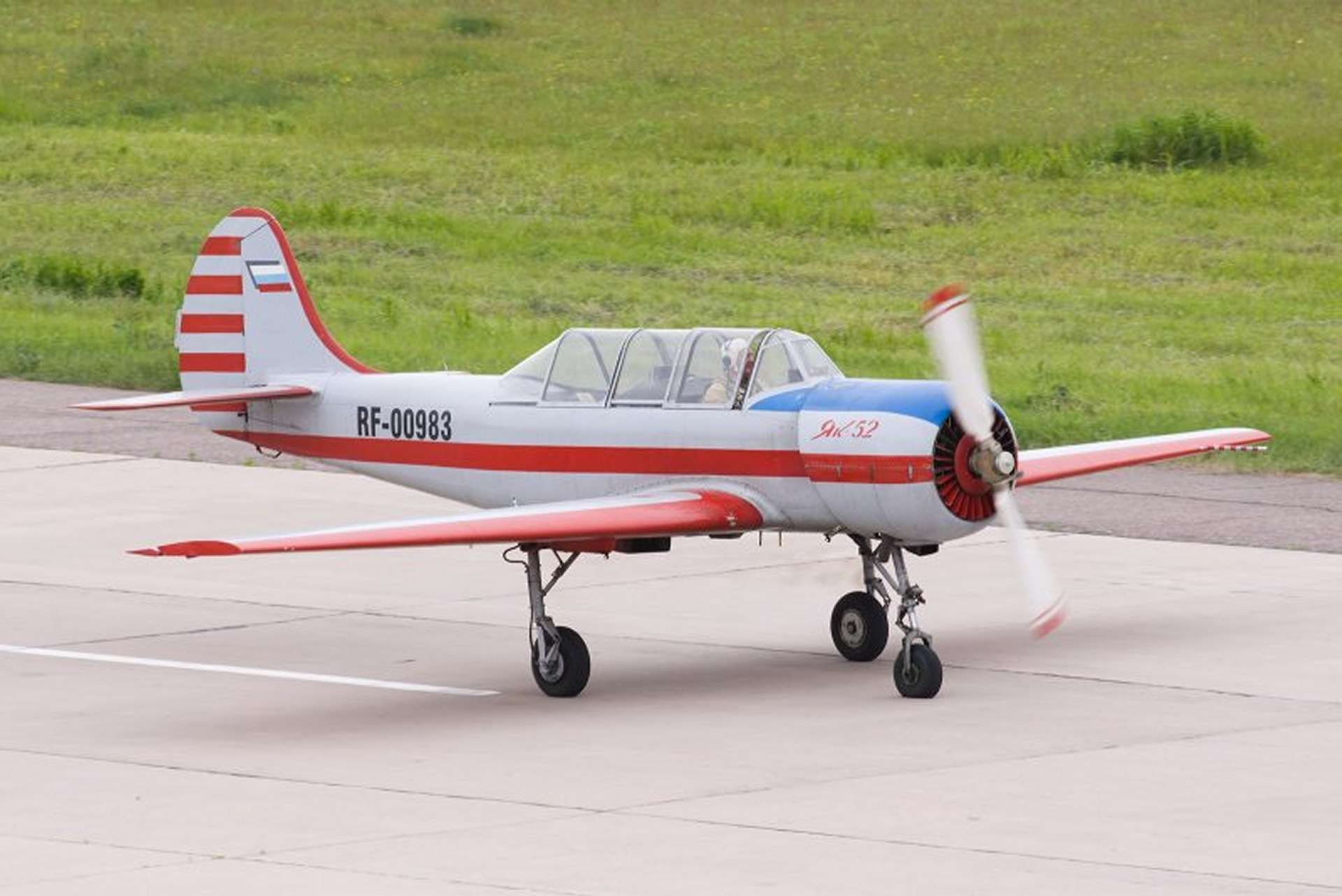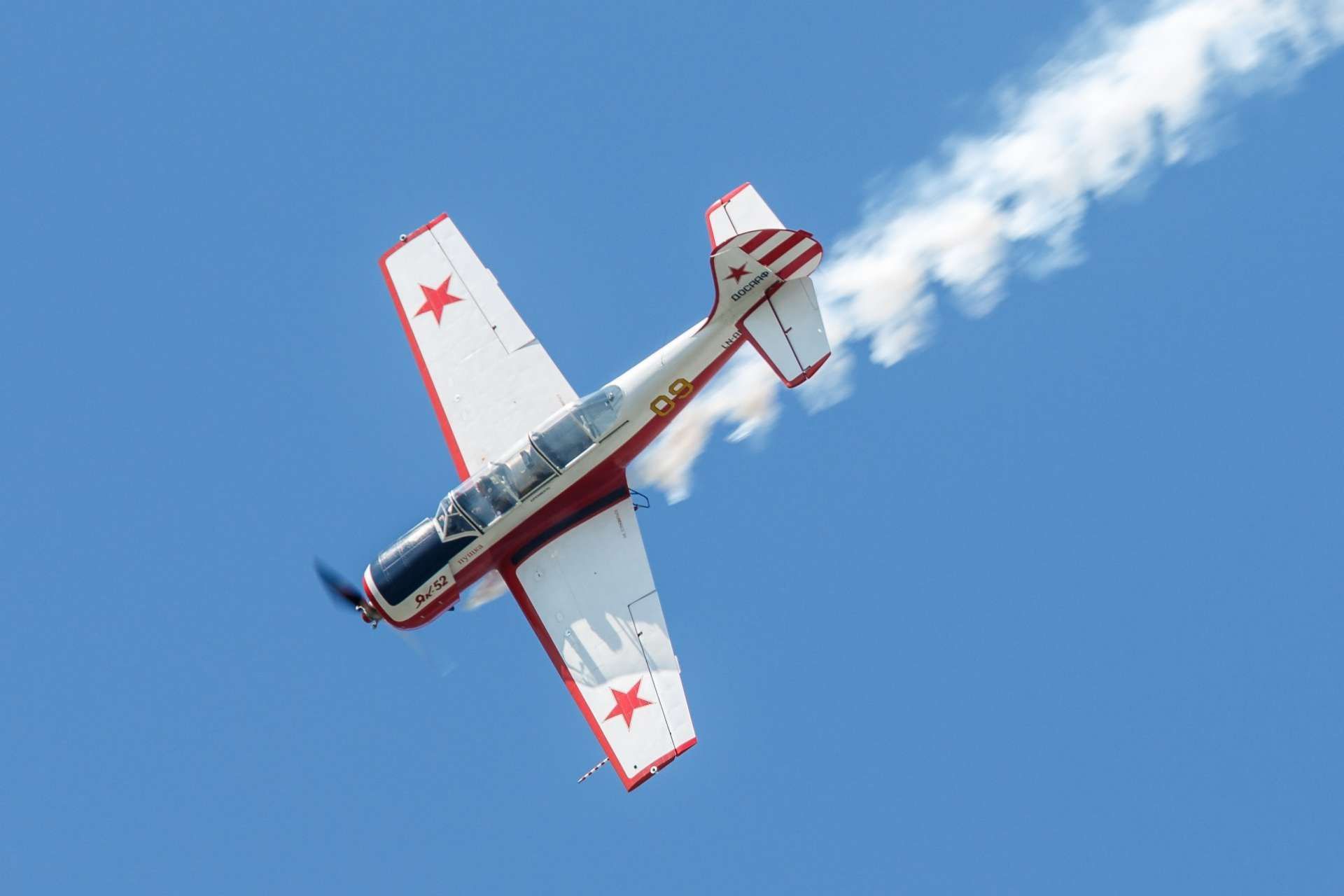Breaking News
Russia repurposes 50-year-old Yak-52 training aircraft to hunt Ukrainian drones.
On August 21, 2024, the Russian Yakovlev Design Bureau, through its subsidiary OKB Aviastroitel, outlined plans to modify the Yak-52 training aircraft into a variant named the Yak-52B2, aimed at counter-drone operations. This development represents a shift in the aircraft's role from its traditional use as a training platform to being adapted for tasks involving the engagement of Ukrainian unmanned aerial vehicles (UAVs).
Follow Army Recognition on Google News at this link

OKB Aviastroitel plans to modify the Soviet-era Yak-52 training aircraft into a variant named the Yak-52B2, aimed at counter-drone operations. (Picture source: Russian social media)
Dmitry Motin, the project leader at OKB "Aviastroitel," indicated that the modernization of the Yak-52 into the Yak-52B2, now referred to as the "Counter-UAV Aircraft," is one of the bureau's priority projects. The aircraft is expected to receive a flight worthiness certificate from the Federal Air Transport Agency, Rosaviatsiya, soon, indicating its readiness for deployment.
The modernization process includes installing new equipment, such as a multifunctional display in the rear cockpit, and upgrades to the aircraft’s navigation and piloting systems. Additionally, an electronic warfare (EW) system designed to disrupt communication channels and a radar system will be integrated into the aircraft. OKB "Aviastroitel" is working on extending the Yak-52’s utility beyond training flights, aiming to equip the Yak-52B2 to counter various types of Ukrainian drones, including strike and reconnaissance UAVs.
In Ukraine, the Yak-52, originally a Soviet-era training aircraft, has been repurposed for countering Russian drones. Ukrainian forces have used these propeller-driven aircraft to intercept and shoot down Russian reconnaissance drones, including the Orlan-10 and ZALA models. These engagements, often described as reminiscent of World War I dogfights, have highlighted the Yak-52’s low-speed maneuverability, which is suited for engaging drones operating at low altitudes and speeds. Since the Yak-52 lacks built-in weapons systems, Ukrainian pilots have used handheld small arms from the cockpit to bring down enemy drones.

Ukrainian forces have used these propeller-driven aircraft to intercept and shoot down Russian reconnaissance drones, including the Orlan-10 and ZALA models. (Picture source: Telegram/Odessa Info)
This approach has been employed in several instances, including engagements over the Odesa and Mykolaiv regions, where Yak-52s have been used to down Russian drones. The use of the Yak-52 in these roles has sparked interest in exploring similar strategies, such as adapting other legacy aircraft like the An-2 biplane for anti-drone missions in areas away from the frontline.
The Yakovlev Yak-52 is a Soviet-designed, two-seat primary trainer aircraft that first flew in 1976 and entered service in 1979. Developed as a derivative of the single-seat Yak-50, the Yak-52 was designed for aerobatic training for military pilots. The aircraft was also produced in Romania by the Aerostar company under the designation Iak-52 from 1977 to 1998. The Yak-52 is built to operate in various environments, including rough field conditions, and is designed for minimal maintenance.
The Yak-52 features an all-metal airframe with fabric-covered control surfaces and is powered by a Vedeneyev M-14P nine-cylinder radial engine, providing 360 horsepower. The aircraft's pneumatic system, used for key operations such as landing gear, flaps, and brakes, is a feature that is relatively uncommon in Western aircraft. This system allows the Yak-52 to perform reliably in extreme cold conditions.

Developed as a derivative of the single-seat Yak-50, the Yak-52 is a Soviet-designed, two-seat primary trainer aircraft that first flew in 1976 and entered service in 1979. (Picture source: Russian social media)
The Yak-52 was widely used by DOSAAF, the Soviet Voluntary Society for Assistance to the Army, Air Force, and Navy, for military pilot training. Its construction allows it to withstand high G-forces, making it suitable for aerobatic maneuvers. After the Soviet Union's dissolution, many Yak-52s were sold to private owners in the West, where they became popular in civil sport aviation.
A notable design element of the Yak-52 is its semi-retractable landing gear, which remains partially exposed even when retracted, reducing the risk of damage during a belly landing. The Yak-52 has a maximum speed of approximately 420 km/h and a service ceiling of around 4,000 meters, making it versatile for various types of flying, from training to recreational use. The aircraft is known for its straightforward maintenance and robust performance, characteristics that align with the Soviet approach to aircraft engineering. The Yak-52 was designed to endure extensive use with minimal resources, making it a practical choice for flying clubs and private owners. Its flight characteristics, including its capacity for advanced aerobatics, have contributed to its continued use.
In total, more than 1,800 Yak-52 aircraft were produced, including several versions with modernized features for Western markets. The Yak-52 remains active in many parts of the world, particularly in airshows and aerobatic competitions, and is recognized as a representative example of Soviet-era aviation engineering.

The Yak-52 was widely used by DOSAAF, the Soviet Voluntary Society for Assistance to the Army, Air Force, and Navy, for military pilot training, as the Yak-52's construction allows it to withstand high G-forces, making it suitable for aerobatic maneuvers. (Picture source: Russian social media)


























